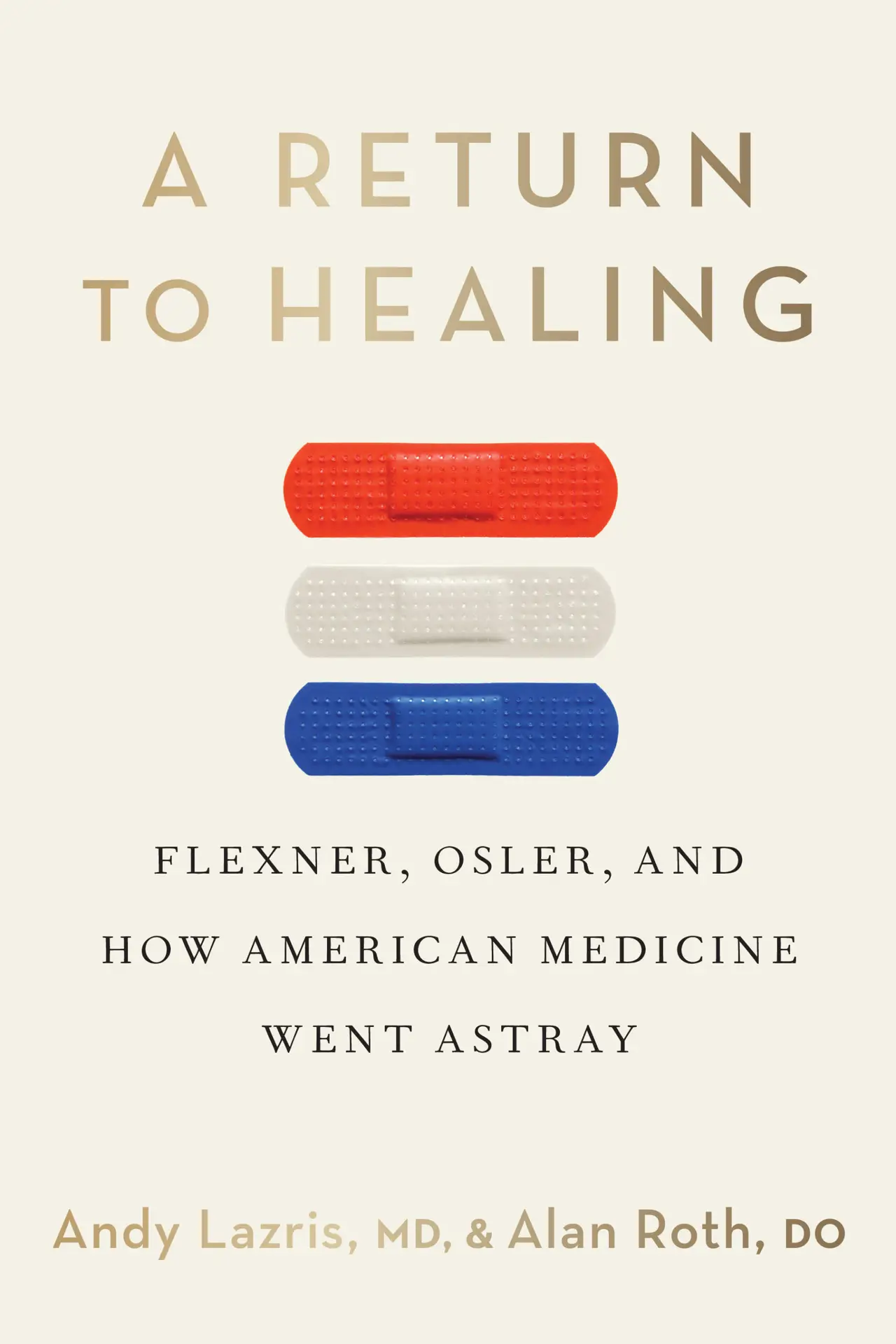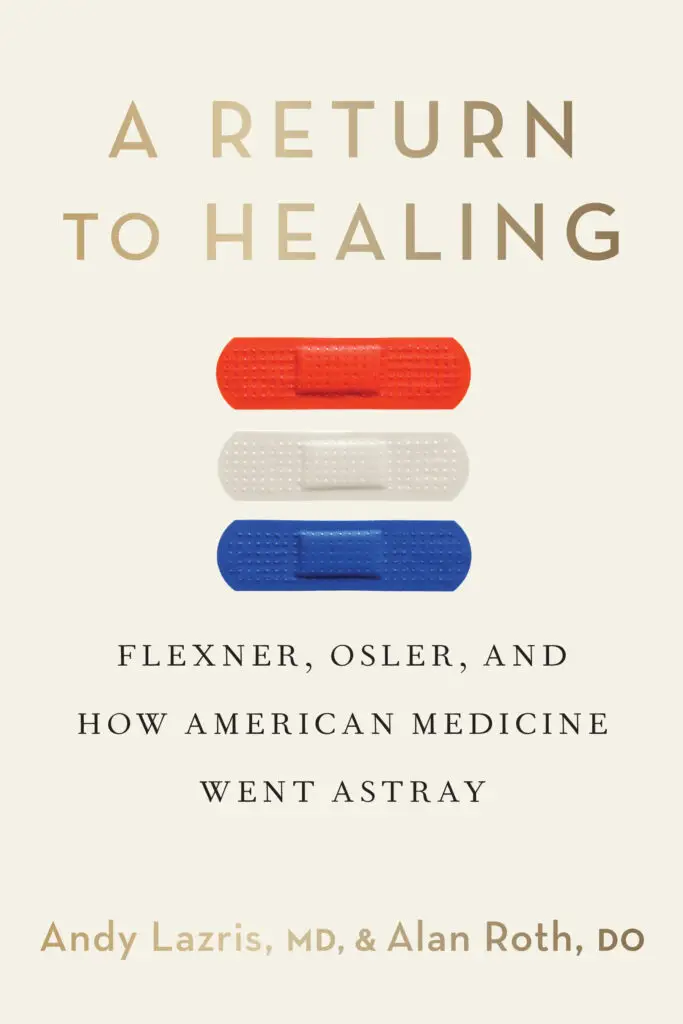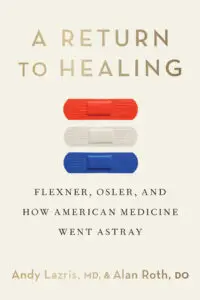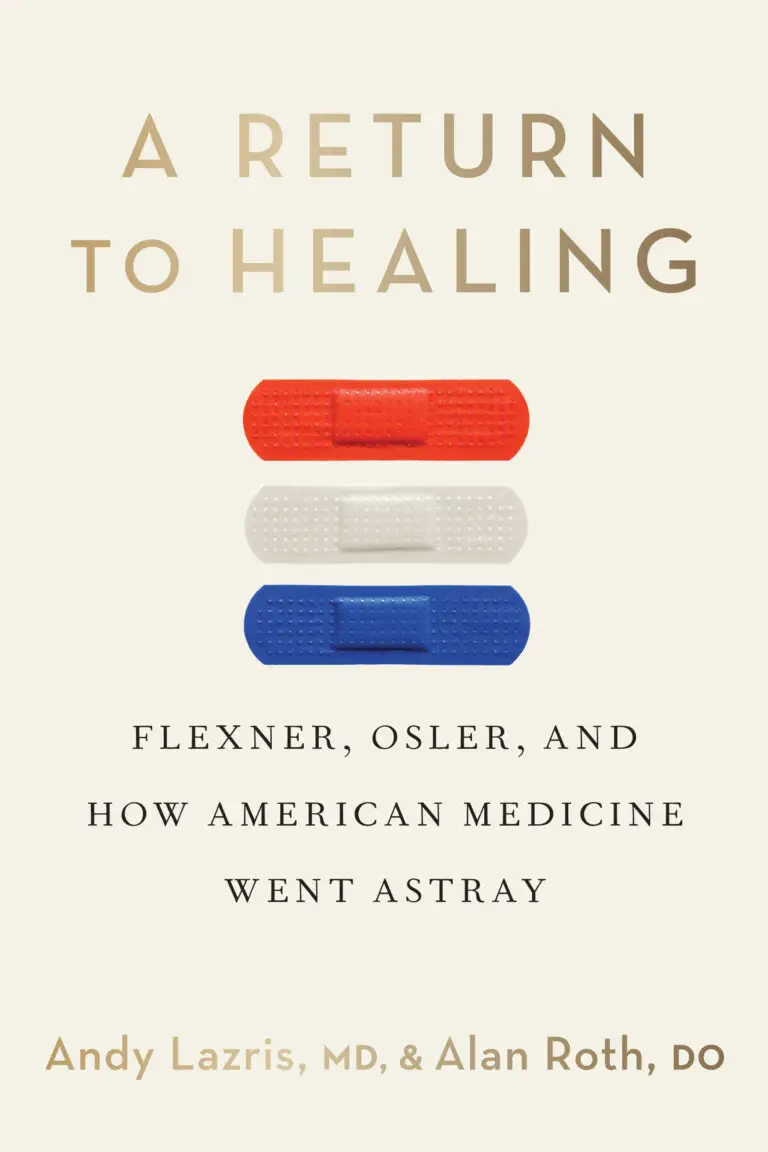Is annual lung cancer screening with low-dose CT really a life-saving tool—or a well-intentioned risk?
In this thoughtful article from American Family Physician, Drs. Andy Lazris and Alan Roth explore the controversial use of lung cancer screening in older adults, particularly among patients with a history of smoking. While screening may offer some benefit for a small percentage of high-risk patients, the risks—overdiagnosis, false positives, radiation exposure, and invasive follow-up testing—are often under-communicated.
Lung Cancer Screening in Older Adults: Risks vs. Rewards
Lung cancer screening with low-dose CT scans is often promoted as life-saving, but for older adults, the picture is more complex. While screening may benefit a small group of high-risk patients, the risks of overdiagnosis and false positives are significant. This article lays out a patient scenario and the real-world consequences of annual low-dose CT scans, including:
High false-positive rates: 95% of abnormal findings are not cancer
Overdiagnosis: Up to 67% of cancers detected would not have caused harm if left alone
Invasive procedures: 1 in 40 patients undergo unnecessary and potentially harmful follow-up procedures
Uncertain long-term benefit: Only 1 in 320 high-risk patients screened will avoid death from lung cancer
Despite this, lung cancer screening is routinely encouraged—often without complete shared decision-making.
A Call for Shared Decision-Making and Transparency
This piece mirrors the central themes of A Return to Healing: medicine should prioritize patient understanding, autonomy, and individualized care over one-size-fits-all protocols. Drs. Lazris and Roth argue for informed consent that includes honest discussion of potential harms, not just relative risk statistics.
If you’re a provider navigating cancer screening guidelines—or a patient weighing the pros and cons—this article is an essential resource grounded in real data and human-centered values.







